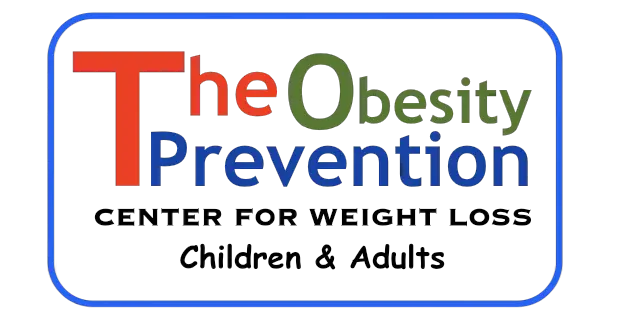Definition
Empty calories refer to foods and drinks high in energy (calories) but low in nutritional value. They provide little to no vitamins, minerals, protein, fiber, or other nutrients.
Explanation
- Common empty calorie sources include soda, desserts, alcohol, candy, fruit juice, refined breads and cereals, fried foods, and processed snacks.
- These energy-dense foods can lead to weight gain and nutrient deficiencies when consumed in excess. They lack nutrients vital for health.
- Limit empty calorie intake by reducing processed foods, sugar, refined grains and replacing them with whole foods like vegetables, fruits, lean proteins and whole grains.
- The term “empty calories” is used to emphasize that some foods are high in calories but not nutrition. Focus on nutrient density.
Examples
- A 12oz can of soda containing 150 calories but zero nutrients.
- A piece of cake with 250 calories mostly from refined flour, sugar, and fat.
Related Terms
- Nutrient density, discretionary calories, junk food, macro- and micronutrients
Common Questions
- Are all sugars/carbs empty calories? No, fruits and whole grains provide valuable nutrition.
- Can empty calories fit into a healthy diet? In moderation, but focus on getting sufficient nutrients first.
Do Not Confuse With
- Calories from protein, fiber, whole fruits – These provide additional nutritional value.
- Low calorie foods – You can have nutrient dense options that are still low in calories.
71
/ 100
SEO Score
Thank you for reading this post, don't forget to subscribe to our free newsletter
!
